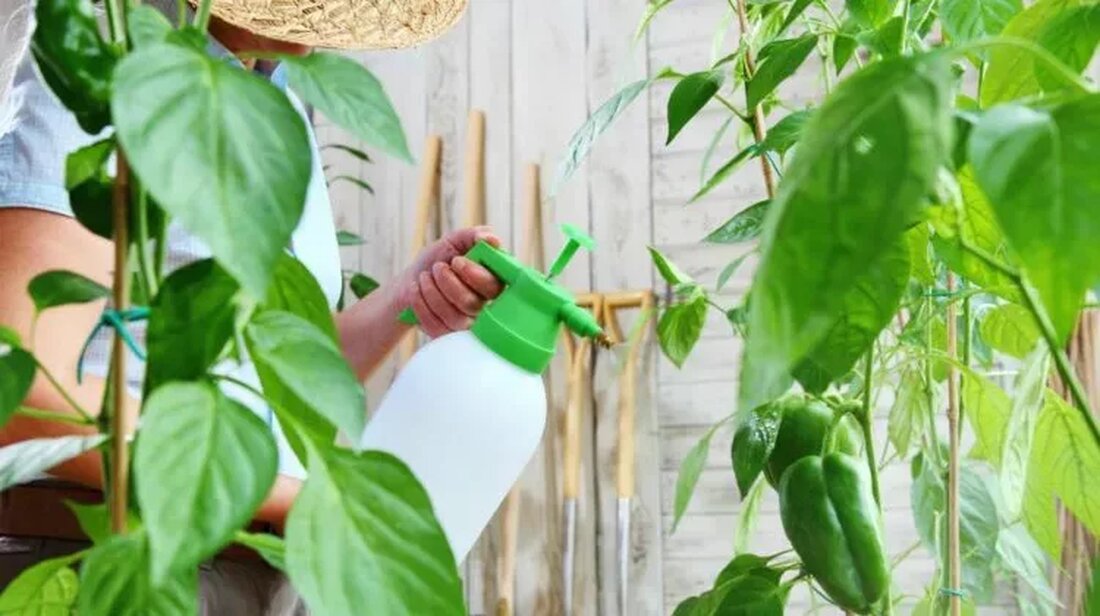Detoxifying herbs
Chronic diseases arise from the body's inability to cleanse itself of toxins such as pesticides, herbicides, preservatives and radiation. This contamination is due to polluted air, water and food. The skin, kidneys, intestines and liver are the cleansing organs of the body. Cleansing is facilitated by daily elimination, plenty of water, brushing the skin, regular exercise and good nutrition. Cleansing herbs restore the body's digestive functions. Common cleansing herbs include: carqueja, fedegosa, dandelion, burdock and garlic. Milk thistle, picrorhiza, carqueja or fedegoso are good for treating liver diseases, while Ayurvedic doctors use Phyllanthus amarus and triphala to...

Detoxifying herbs
Chronic diseases arise from the body's inability to cleanse itself of toxins such as pesticides, herbicides, preservatives and radiation. This contamination is due to polluted air, water and food.
The skin, kidneys, intestines and liver are the cleansing organs of the body. Cleansing is facilitated by daily elimination, plenty of water, brushing the skin, regular exercise and good nutrition.
Cleansing herbs restore the body's digestive functions. Common cleansing herbs include: carqueja, fedegosa, dandelion, burdock and garlic. Milk thistle, Picrorhiza, Carqueja or Fedegoso are good for treating liver diseases while Ayurvedic doctors use Phyllanthus amarus and Triphala to maintain proper functioning of liver and GI health.
Carqueja has 400 species including Baccharis geniselloides, B. triptera and B. trimera. Carqueja is found throughout the Amazon rainforest in Peru, Brazil and Colombia, as well as in tropical parts of Argentina, Paraguay and Uruguay.
Carqueja is used to cleanse the liver and gallbladder to support the healthy functioning of the digestive system. Carqueja also treats malaria, diabetes, stomach ulcers, sore throats and tonsillitis, angina, anemia, diarrhea, indigestion, hydropsy, uritis, kidney disease, intestinal worms, leprosy and poor circulation. Carqueja is so effective because of the flavonoids, which contain liver-protecting properties.
Fedegoso Senna occidentalis / Cassia occidentalis has medicinal properties, with its roots being used as a diuretic for fever. The seeds of Fedegoso are brewed to treat asthma, and the flower of Fedegoso is used for bronchitis.
The roots of Fedegoso are used for fever, menstrual cramps, tuberculosis, anemia, liver problems and as a tonic for general weakness and illness. The leaves of Fedegoso are used to treat gonorrhea, fever, urinary tract diseases, edema and menstrual cramps.
The tea made from fresh/dried, crushed Fedegoso leaves is used externally for skin diseases, wounds, skin fungi, parasitic skin diseases and abscesses. A fresh plant decoction from Fedegoso is used to combat constipation in babies. The leaf tea is used for gastric colic; The crushed fresh leaves of Fedegoso are used to expel intestinal worms and parasites.
Other cleansing herbs include yellow dandelion (Taraxacum officinali), which belongs to the Compositae family. Its root and leaves are used as cleansing herbs rich in bitter substances, vitamin C, potassium and enzymes that stimulate the liver and support proper fat digestion. The diuretic properties stimulate kidney function. Burdock is a member of the Composite family that helps cleanse the body and is particularly suitable for dry skin problems. It is also a medicine for premature baldness, rheumatism, arthritis and acne. Garlic (Allium sativum) stimulates bile and is one of the blood-purifying herbs.
Milk thistle also has a cleansing effect on the liver. It increases tissue regeneration in the liver. It treats hepatitis, cirrhosis and fatty liver disease. It is also effective against gallbladder and bile duct inflammation by increasing the flow of bile from the gallbladder. Phyllanthus amarus is remarkably effective against hepatitis B carrier cells. Triphala, also known as Trifal, is a combination of Terminalia chebula, Terminalia bellerica and Phyllanthus emblica. It improves both digestion and elimination without irritating the intestines.

 Suche
Suche
 Mein Konto
Mein Konto
